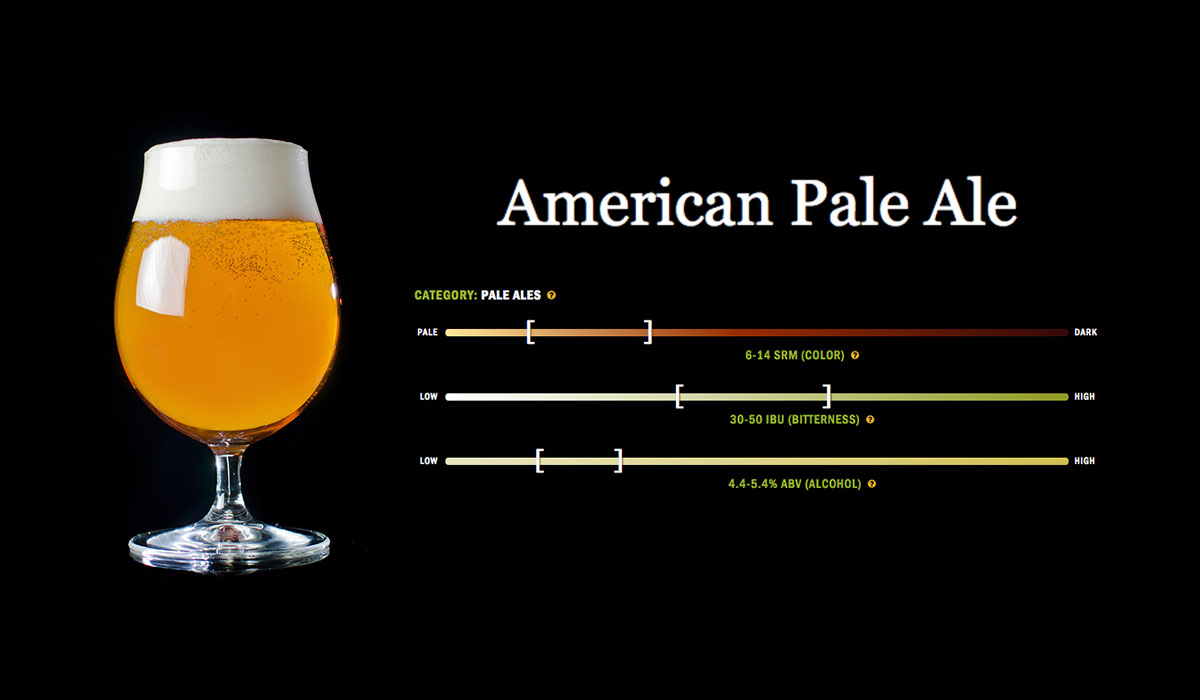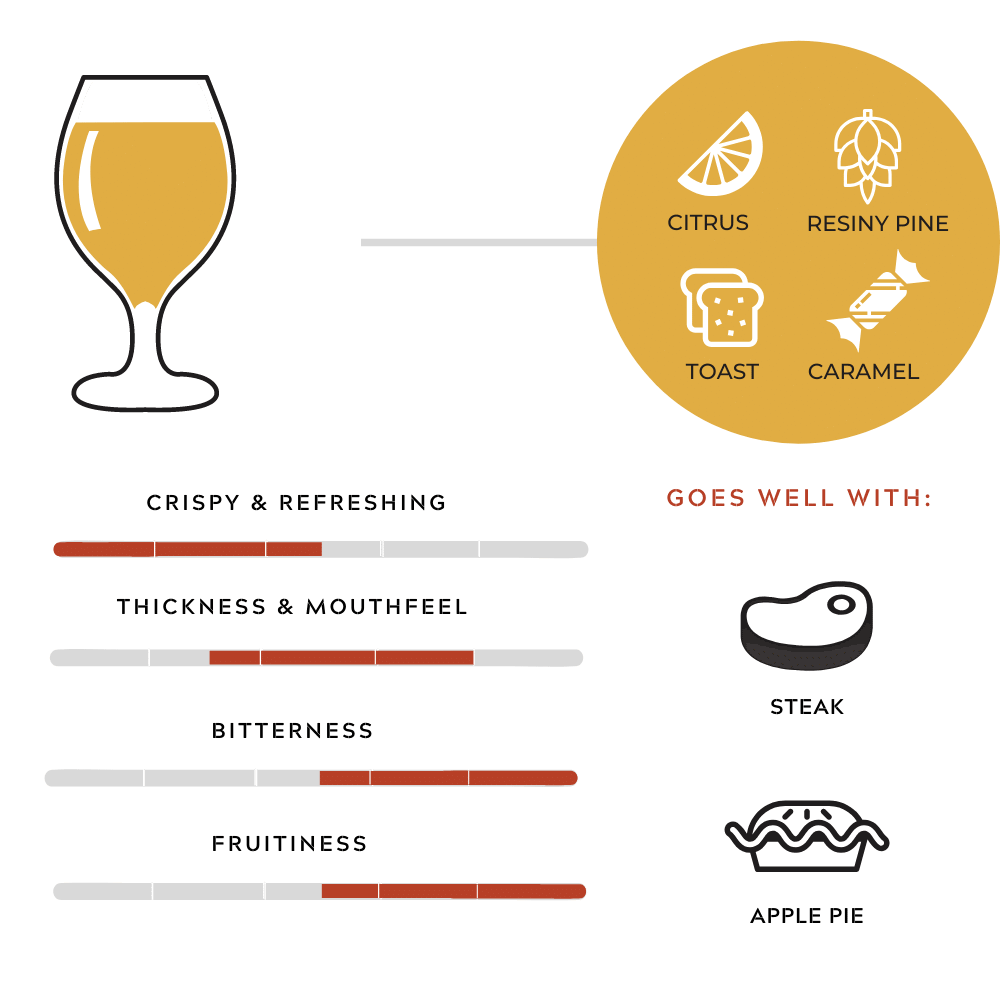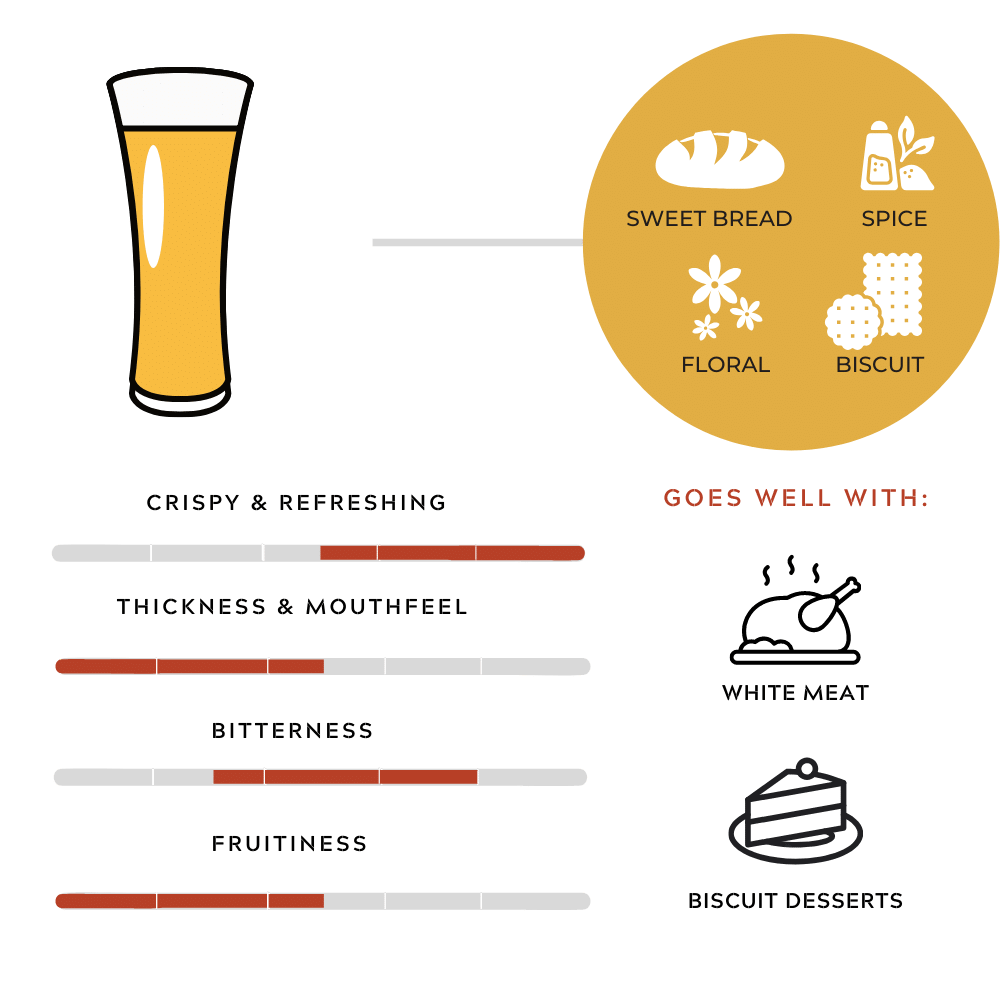In the vast and diverse world of beers, two styles stand out prominently: Pale Ale and Pilsner. These brews, each with their own distinct characteristics and origins, have captivated beer enthusiasts for generations. In this comprehensive guide, we’ll delve deep into the history, brewing techniques, flavor profiles, and cultural significance of Pale Ale and Pilsner, ultimately exploring what sets them apart and which might be the preferred choice for different palates.
The History of Pale Ale

Origins and Evolution
Pale Ale traces its roots back to 18th century England, where brewers began experimenting with lighter malts and hops. The use of pale malts resulted in a lighter color compared to traditional dark ales, hence the name “Pale Ale.” Over time, this style evolved, giving rise to different variations such as India Pale Ale (IPA) and American Pale Ale (APA).
Influence and Spread
Pale Ale’s popularity surged during the British Empire’s expansion, particularly with the development of the IPA style, which was brewed to withstand long sea voyages to India. The IPA’s success led to the global spread of Pale Ale, with breweries around the world crafting their own interpretations of this classic style.
The Rise of Pilsner

A Revolutionary Beer
The story of Pilsner begins in the Czech city of Pilsen in the 19th century. Dissatisfied with the quality of local brews, citizens staged a “beer protest,” leading to the creation of a clear, golden beer by Bavarian brewer Josef Groll. This new beer, named Pilsner after its birthplace, revolutionized the brewing industry with its crisp taste and refreshing character.
Global Phenomenon
From its humble origins in Pilsen, Pilsner quickly gained popularity across Europe and beyond. The advent of railroads and refrigeration facilitated its widespread distribution, making it a favorite among beer drinkers in Bavaria, Germany, and eventually, the United States. Today, Pilsner remains one of the most widely consumed beer styles worldwide.
Brewing Techniques

Pale Ale Brewing Process
Pale Ale is brewed using a combination of pale malts, which impart a light color and malt-forward flavor profile. Hops are added during brewing to provide bitterness and aroma, with variations in hop selection and timing yielding different characteristics. Ale yeast is typically used for fermentation, resulting in a fruity and complex beer.
Pilsner Brewing Process
Pilsner brewing begins with the use of pale malts and a specific strain of lager yeast, which ferments at cooler temperatures than ale yeast. This slow fermentation process produces a clean and crisp beer with a pronounced hop bitterness. Noble hops, such as Saaz, are commonly used to achieve the signature floral and spicy aroma of Pilsner.
Flavor Profiles
Pale Ale Flavor Profile

Pale Ales are known for their balanced maltiness and hoppy bitterness. Depending on the style, they may exhibit notes of citrus, pine, or tropical fruits, derived from the variety of hops used. The malt backbone provides sweetness and body, resulting in a well-rounded and flavorful beer.
The flavor profile of a Pale Ale is a delightful balance of hops, malt, and yeast character, creating a refreshing and aromatic experience. Here’s a breakdown of the key elements:
- Hoppy Notes: Pale Ales typically showcase a moderate to high level of hoppy bitterness and aroma. Depending on the sub-style, the hop characteristics can range from floral and earthy to citrusy and piney. American Pale Ales often feature bold citrus and resinous pine flavors, while English Pale Ales lean towards more traditional herbal and earthy hop profiles.
- Fruitiness: Many Pale Ales exhibit fruity notes, which can vary from subtle hints to pronounced flavors. Common fruit flavors include citrus, tropical fruits like mango and passionfruit, and stone fruits like peach and apricot. These fruity notes often come from both the hops and the yeast used during fermentation.
- Malt Backbone: Despite the focus on hops, Pale Ales still maintain a noticeable malt presence. The malt character is usually light to moderate, providing a solid backbone that balances the bitterness from the hops. Malt flavors can include biscuit, bread, caramel, and even slightly toasted or roasted notes, depending on the brewing process.
- Yeast Influence: Yeast contributes to the overall flavor profile of Pale Ales by producing esters and other compounds during fermentation. These can add subtle fruity or spicy notes, enhancing the complexity of the beer. While not as prominent as in some other styles like Belgian ales, yeast character still plays a role in defining the overall taste of Pale Ales.
- Balanced Finish: One of the defining characteristics of Pale Ales is their balance. Despite the various flavor components at play, a well-crafted Pale Ale should have a harmonious blend of hop bitterness, malt sweetness, and yeast character. This balance ensures that no single element overwhelms the palate, making Pale Ales highly drinkable and versatile for pairing with a wide range of foods.
Pilsner Flavor Profile

In contrast, Pilsners are characterized by their light body and refreshing taste. They showcase a prominent hop bitterness with subtle malt undertones. The flavor profile is clean and crisp, with a dry finish that makes Pilsner a highly drinkable beer, especially on a hot summer day.
Pilsner, originating from the Czech Republic in the 19th century, has become one of the most beloved beer styles worldwide. Known for its crispness, balance, and refreshing qualities, the Pilsner flavor profile offers a delightful experience for beer enthusiasts. In this comprehensive guide, we delve into the intricate nuances of Pilsner beer, exploring its flavor components, brewing techniques, and regional variations.
Malt Profile
Pale Malts: Pilsners are brewed using predominantly pale malts, which contribute to their light color and subtle malt sweetness. These malts are kilned at lower temperatures to preserve their delicate flavors.
Grainy Notes: The malt profile of Pilsner often carries grainy or bready notes, reminiscent of fresh bread or crackers. This adds depth to the beer’s flavor without overpowering its crispness.
Hop Profile
Noble Hops: Traditionally, Pilsners are hopped with noble hop varieties such as Saaz, Tettnang, or Hallertau. These hops impart a floral, spicy, and slightly herbal character to the beer, balancing its malt sweetness and providing a distinctive bitterness.
Bitterness: Pilsners are known for their pronounced hop bitterness, which contributes to their crisp and refreshing finish. The bitterness is often moderate to high but remains well-balanced with the beer’s other flavors.
Yeast Influence
Clean Fermentation: Pilsner yeast strains ferment at cooler temperatures, resulting in a clean and crisp beer with minimal ester or phenolic flavors. This allows the malt and hop characteristics to shine through, enhancing the beer’s overall balance.
Subtle Fruitiness: While Pilsner yeast typically produces fewer fruity esters compared to ale yeast strains, some subtle fruitiness may be present in certain variations. This adds complexity to the beer’s flavor profile without dominating its crispness.
Regional Variations
German Pilsner (Pils)
German Hops: German Pilsners are brewed with locally sourced hops, such as Hallertau or Tettnang, which impart a more pronounced herbal and spicy character compared to Czech varieties.
Lighter Body: German Pilsners tend to have a lighter body and a drier finish compared to their Czech counterparts, with a slightly higher carbonation level.
Czech or Bohemian Pilsner
Saaz Hops: Czech Pilsners feature Saaz hops, known for their distinctive spicy and floral aroma. This hop variety contributes to the beer’s balanced bitterness and aromatic complexity.
Richer Malt Profile: Czech Pilsners often exhibit a richer malt profile compared to German versions, with notes of sweet bread and biscuits complementing the beer’s hoppy character.
Food Pairings
Light Fare: Pilsners pair exceptionally well with light and refreshing dishes such as salads, seafood, and grilled chicken. The beer’s crispness and moderate bitterness complement these foods without overwhelming their flavors.
Spicy Cuisine: The subtle spiciness from noble hops makes Pilsners an excellent choice for pairing with spicy cuisines such as Thai, Indian, or Mexican. The beer’s refreshing qualities help to cool and cleanse the palate between bites.
Rich Desserts: While Pilsners are not typically paired with desserts, they can complement lightly sweetened treats such as fruit tarts or shortbread cookies. The beer’s carbonation and subtle malt sweetness provide a refreshing contrast to the richness of the dessert.
Cultural Significance
Pale Ale in Craft Beer Culture
Pale Ale has played a pivotal role in the craft beer movement, with breweries experimenting with innovative ingredients and brewing techniques to create unique variations of this classic style. Its versatility and wide range of flavor profiles have made it a favorite among craft beer enthusiasts worldwide.
Pilsner: A Beer for All Occasions
Pilsner’s widespread appeal lies in its approachability and versatility. It pairs well with a variety of cuisines and occasions, from backyard barbecues to fine dining experiences. Its clean and refreshing character makes it a go-to choice for beer drinkers seeking a crisp and satisfying brew.
Conclusion
In the timeless debate of Pale Ale vs Pilsner, both styles offer distinct experiences that cater to different preferences and occasions. Pale Ale delights with its bold flavors and aromatic hops, while Pilsner charms with its simplicity and drinkability. Whether you’re savoring a hoppy IPA or enjoying a crisp Pilsner, one thing is certain: the world of beer is as diverse and exciting as ever, with something to suit every taste and palate. Cheers to the timeless allure of Pale Ale and Pilsner!
I’m Chen Mina, from Vol de Nuit, who has a special passion for bartending, especially mixing wine, beer, and cooktail. Here you will find content about alcoholic beverages, I will bring you knowledge that few people know about this drink.





